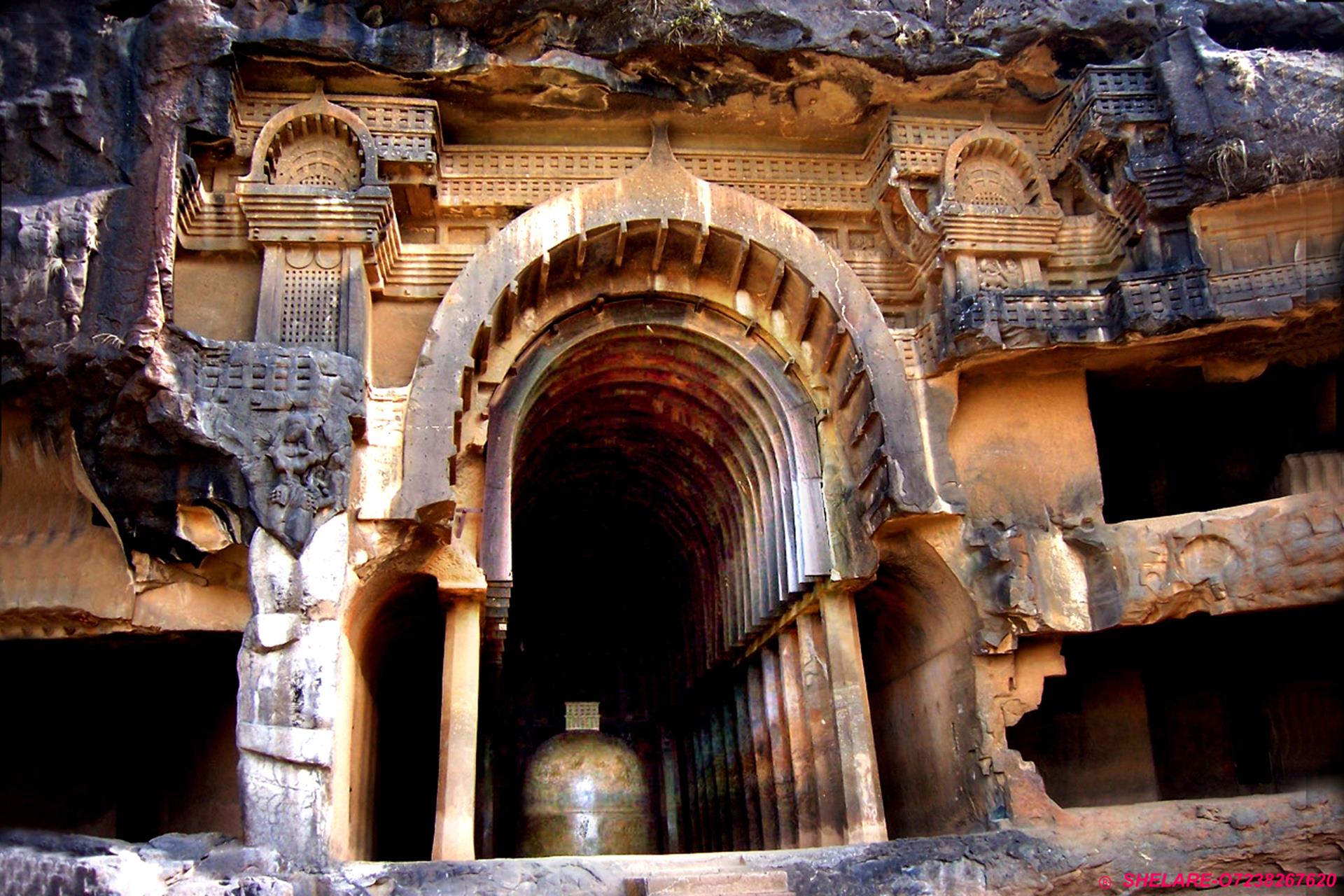
Sorry, we couldn't find anything that matches your search.
Destination

Famous Places to Explore in Hyderabad
A vibrant city with the imposing...

Raipur Tourist Places | Best Place to Visit
The stronghold of several erstwhile...

Ahmedabad
Declared as India's first UNESCO World...
#
Literally meaning lion’s fort, Sinhagad Fort is strategically located on a cliff on the Bhuleshwar range of the Sahyadri mountains, about 1,312 m above sea level. Experts have determined that it was built 1,500-2,000 years ago. An intimidating fortress, it was considered virtually impenetrable; the steep slopes ensured it was difficult for the enemy to approach it. Today, of course, there is a motorable road leading up to the fort. The fort has two notable gateways: in the northeastern part and in the southeastern part, called the Pune Darwaza and the Kalyan Darwaza. The ruins of the fort speak volumes about its grand history when it was a major fortification of legendary Maratha ruler, Shivaji. From the fort, one can get sweeping views of the surrounding areas. Located about 30 km from Pune, this fort was earlier known as Kondana. It is home to a bust of Tanaji Malusare, built in memory of his resistance of the Mughals. Tourists can also head to Rajaram’s tomb, the military depot, breweries etc. The Kali Temple and the Hanuman effigy are gems that have been preserved from the ancient days. Enjoy the scenic views of the city, the many forts and the Sahyadri mountains as you dig into pitlabhakari, a local speciality.
The legend of the monitor lizard named Yashwanti, which was used to help Tanaji Malusare (a general in the Maratha empire) scale the heights of this fort and reclaim it from the Mughals in 1670, is quite commonly recited. Unfortunately, in the battle, Tanaji died. “Gad aala, pan Sinha gela” – these are words said to be uttered by Chhatrapati Shivaji when he heard of Tanaji’s death. The meaning – “The fort is captured but the lion is lost…” This is the reason why the fort came to be known as Sinhagad.










